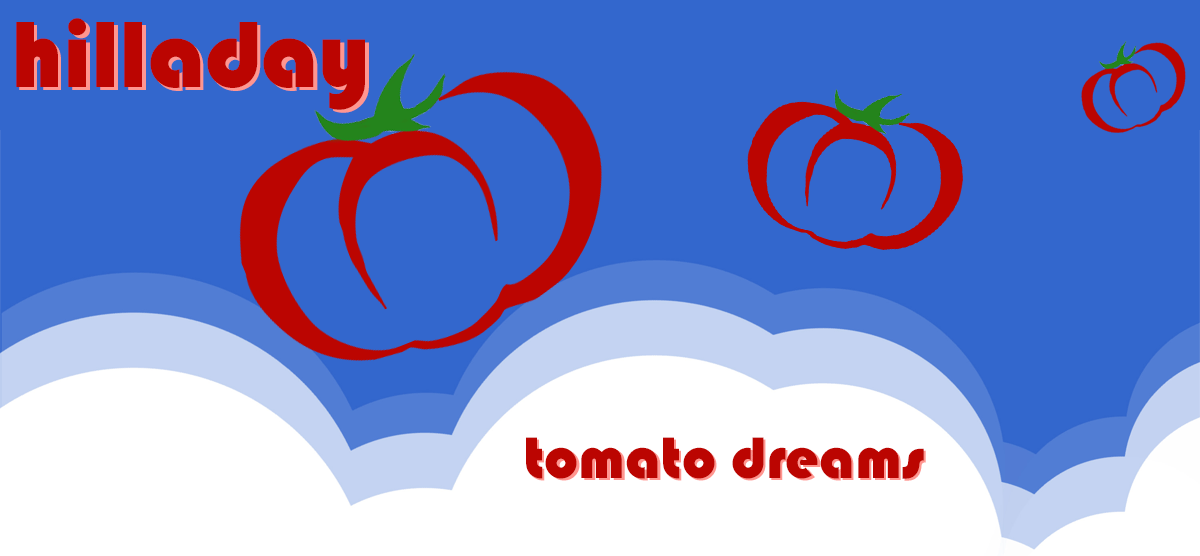As I was in the kitchen yesterday, something caught my eye out the window. Bleeding hearts! I had forgotten all about them. Three years ago, I planted some of these in my side yard. They bloomed and then immediately got eaten by deer. I gave up on them after that. I figured they wouldn't return because they had been defoliated so early in their young lives. Well, they're back. I plan to transplant them to my little side garden near the house soon, for better protection.
 Love the Bleeding hearts, their blossoms look just like little dangling hearts. What's not to like? They also come in pink, red and with variations in blossom form.
Love the Bleeding hearts, their blossoms look just like little dangling hearts. What's not to like? They also come in pink, red and with variations in blossom form. Clarence likes them too. He wanted me to get his picture in front of the bleeding hearts. I mean, why else would he sit right in front of them while I'm taking a picture, right?
Clarence likes them too. He wanted me to get his picture in front of the bleeding hearts. I mean, why else would he sit right in front of them while I'm taking a picture, right?Daffodils! I love daffodils! They are so pretty, so happy, they come up early in spring, and bonus, one of the few things the deer won't eat! Hooray for daffodils! The Latin or botanical name for daffodils is Narcissus. Whichever you choose to call them, they are synonyms, either is correct, although the common name is Daffodil.

The funny thing about these two daffodils is that they were somewhat forgotten. I purchased them in the fall and put them on a shelf in my garage. I just never got around to planting them. During our mild winter, on a balmy day in January, I decided to plant them in the unfrozen ground. Well, better late than never, they flowered for me beautifully come spring. Daffodils store energy for flowering the previous growing season. They do need a chill time to signal to flower when it warms in the spring. Since they were stored in my cold, unheated garage, they got the chill they needed anyway. I'm not recommending planting your bulbs this way, but if you forget this fall, there's still a chance for them if you get them in the ground during the winter.

I sure do love a nice juicy peach. That's what I have on my mind when I look at my peach tree. It's so hard to get a good peach at the grocery store. Sometimes I buy a few and one will be good and the rest, not so good. I planted this Elberta peach a couple years ago. It's sure does want to produce for me. It's got blossoms all over it. However, the last two years, when it came time for the peaches to ripen, I was out of town! Not fair. It's so sad to find your peaches on the ground upon returning home. I have high hopes this year.
































